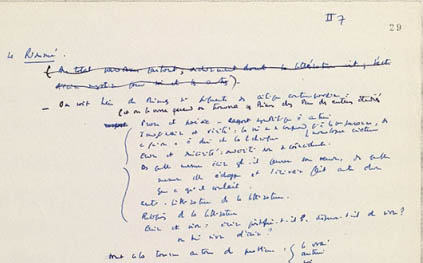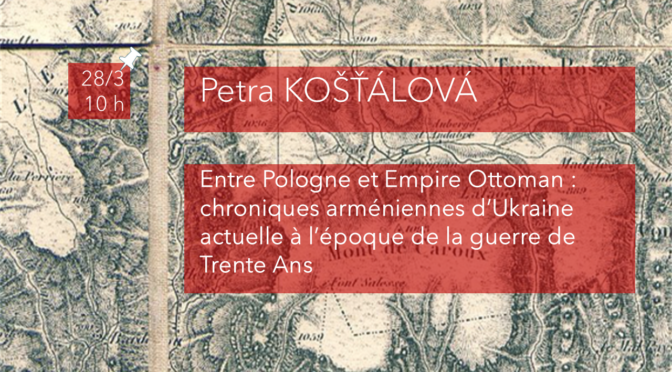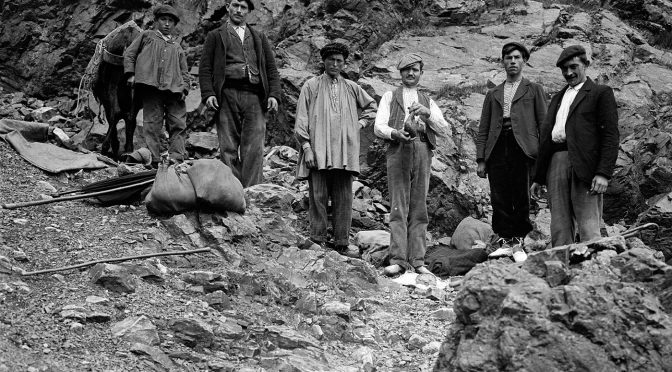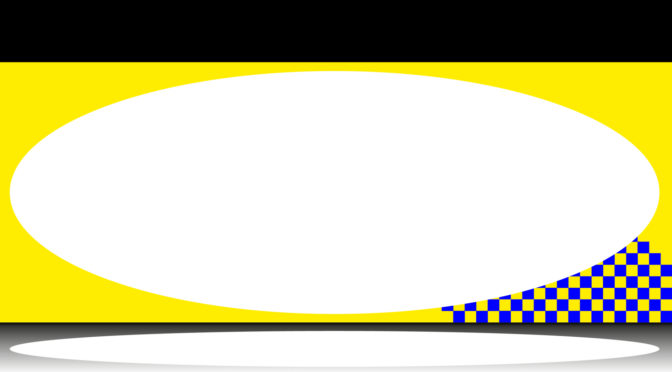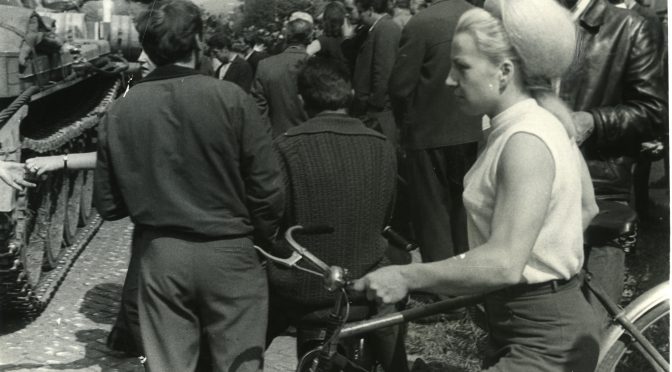Session led by Monika Brenišínová.
Readings
- Clifford Geertz. ‘Art as Cultural System.’ MLN 91(6): 1473–1499, 1976.
- George Kubler. ‘History: Or Anthropology: Of Art?’ Critical Inquiry, 1(4): 757-767, 1975.
In various theoretical discussions on architecture, we may notice that there is not a singular way of approaching it. From the classical perspective of the history of art classical art historical perspective, it is possible to identify at least three basic methods of inquiry: archaeological building survey („Bauforschung“, A. von Gerkan, in Czech “SHP”, D. Líbal); style-critical and style-historical analyses (H. Wölfflin, H. Focillon, M. Dvořák); semantic analysis (G. Passavant, E. Hubala). When we consider art in general, things however get even more complicated. If we take into account the fact that even among historians of art a consensus about the definition of art as such does not exist, what will happen when we will look at art from the perspective of another scientific discipline? When we conceive art as an historical source, traditional art historical categories such as the aesthetic point of view, the author’s fantasy, the styles or commonplaces (loci communes) quickly lose their significance. Moreover, historical work with visual sources is largely interpretative and requires a significantly critical approach. Thus we suddenly find ourselves on the borders of humanities and social sciences. And it is exactly such space, outside the frontiers of clearly defined disciplines, where the space and time change their shapes and where other disciplines – such as anthropology – can be brought into play.

